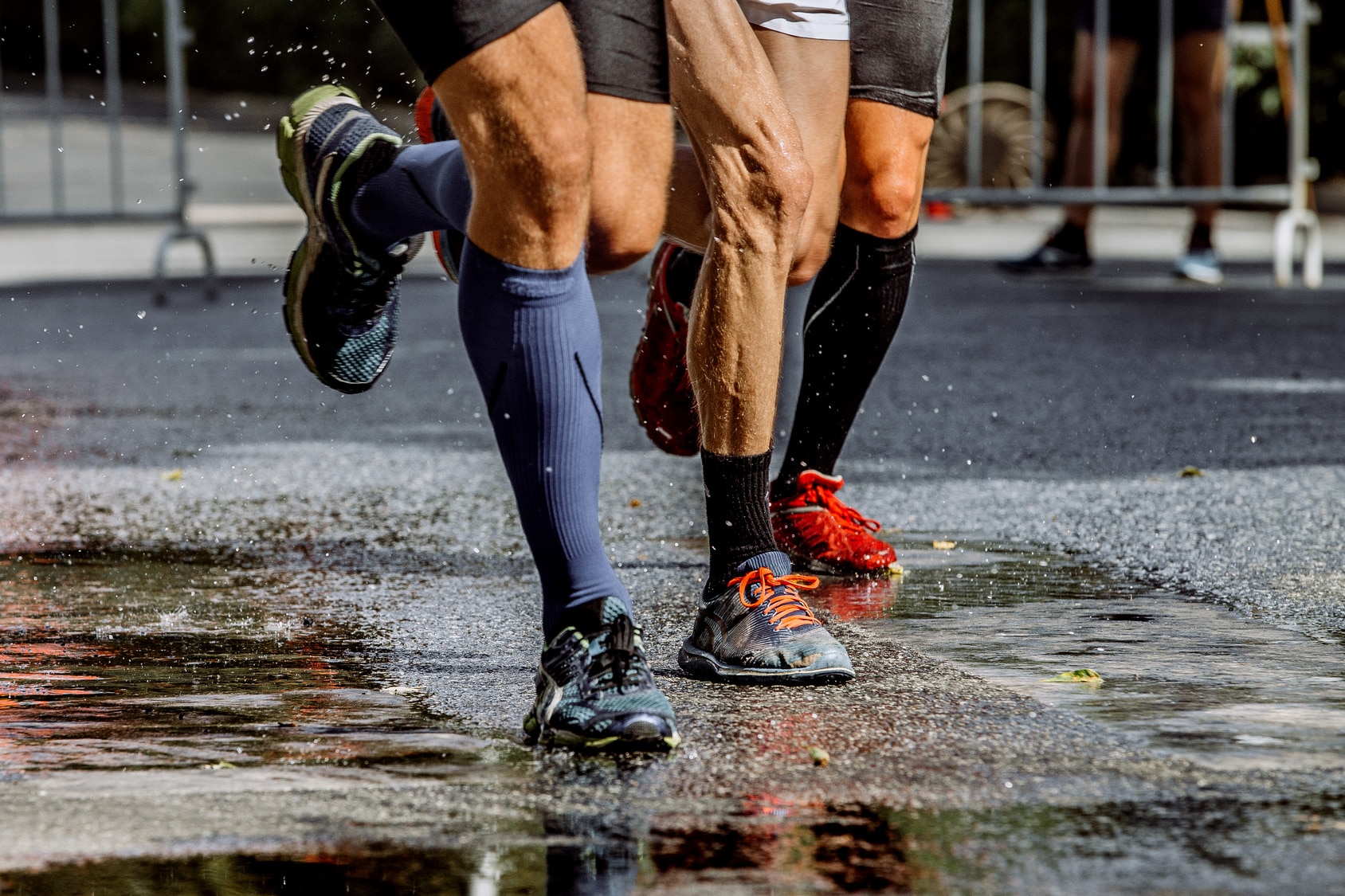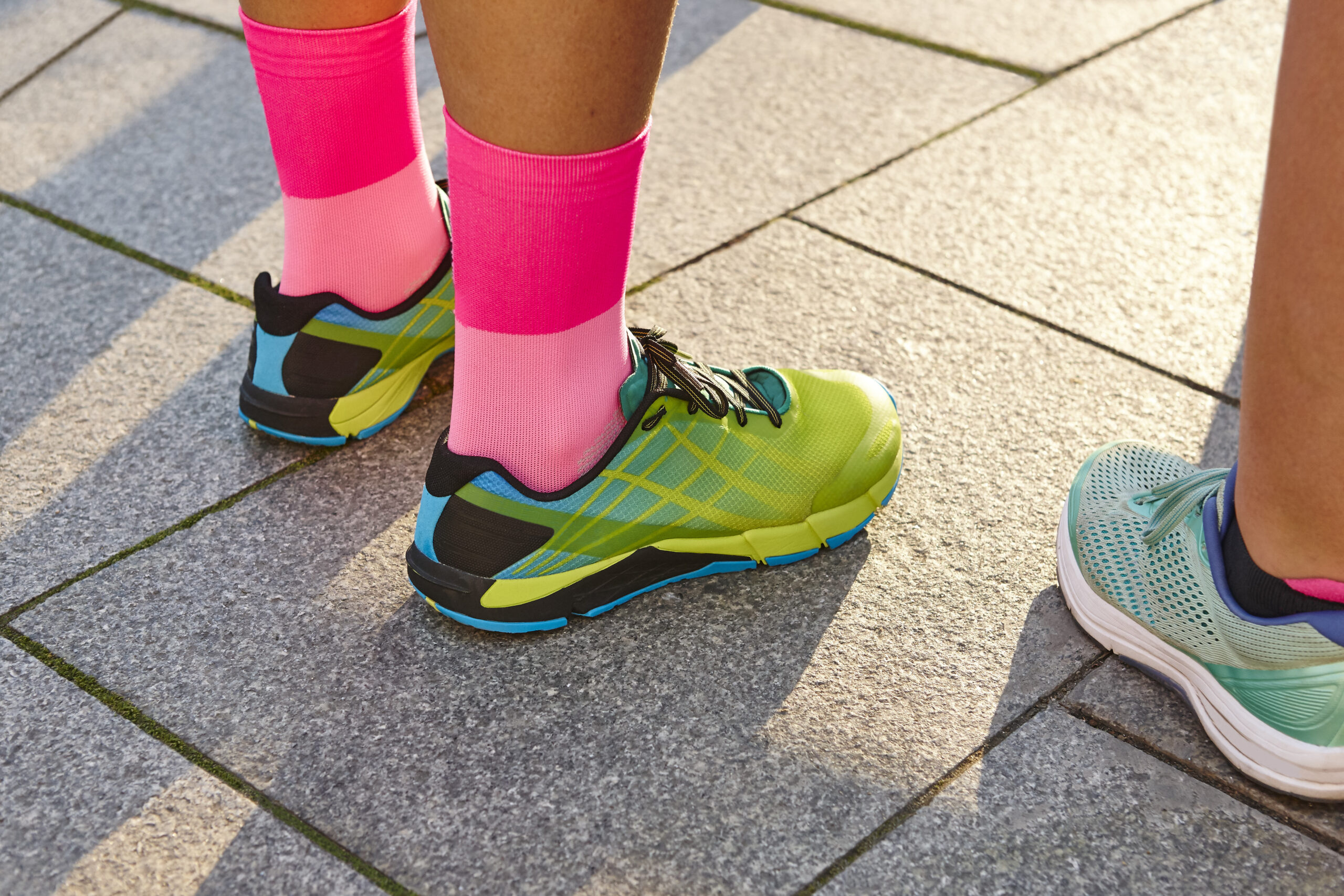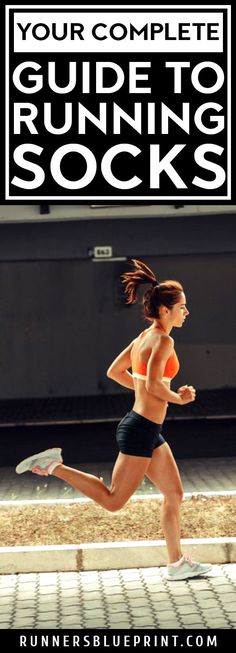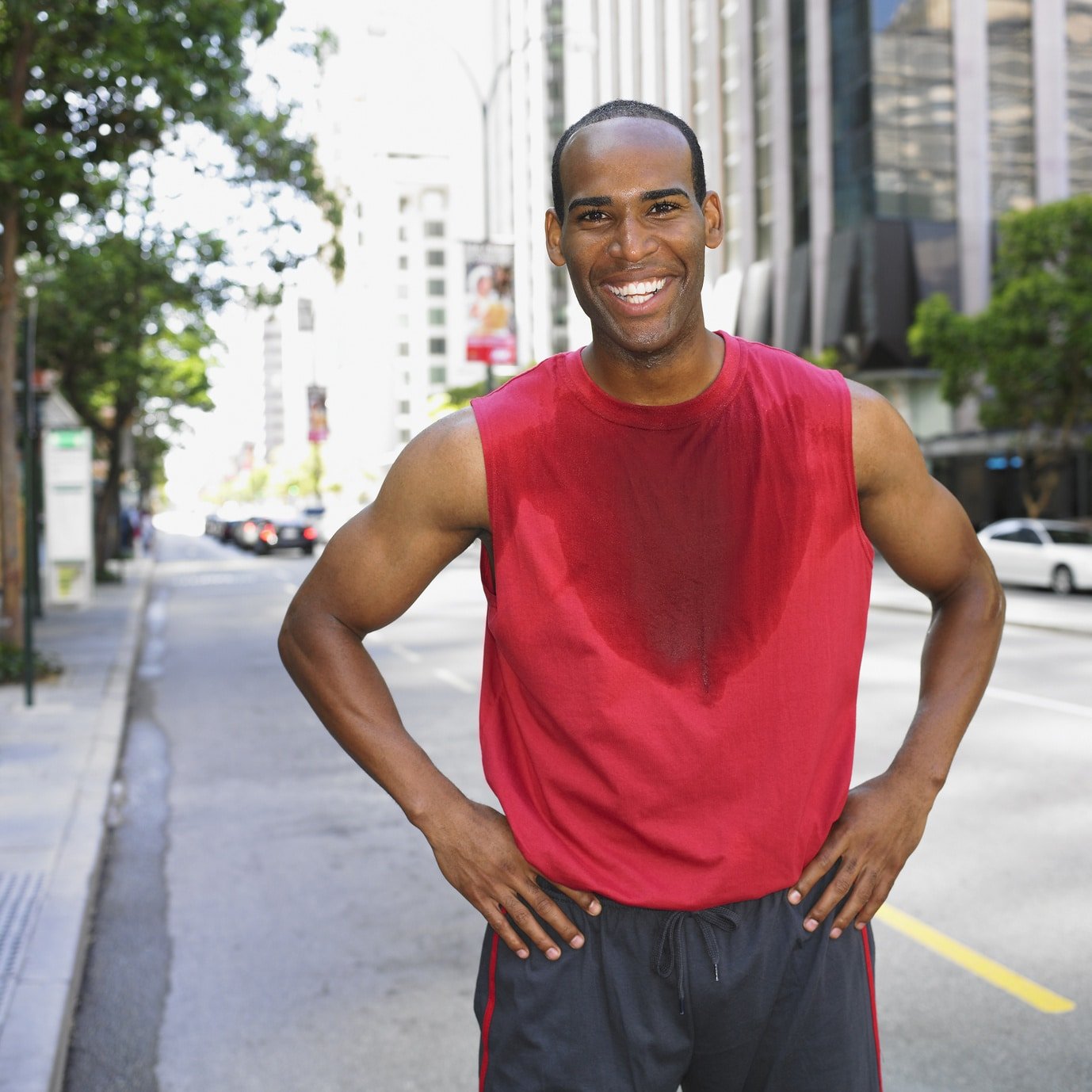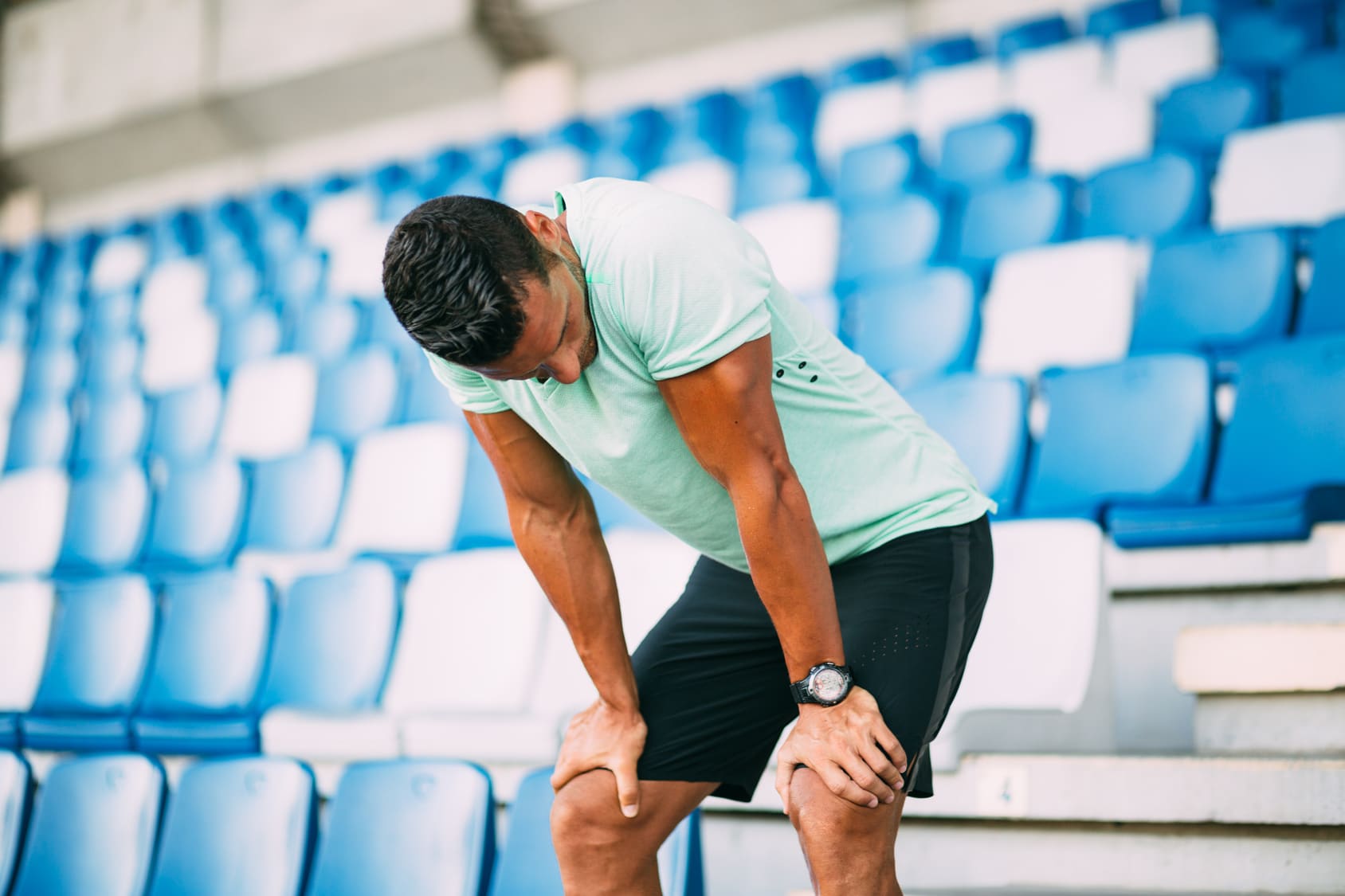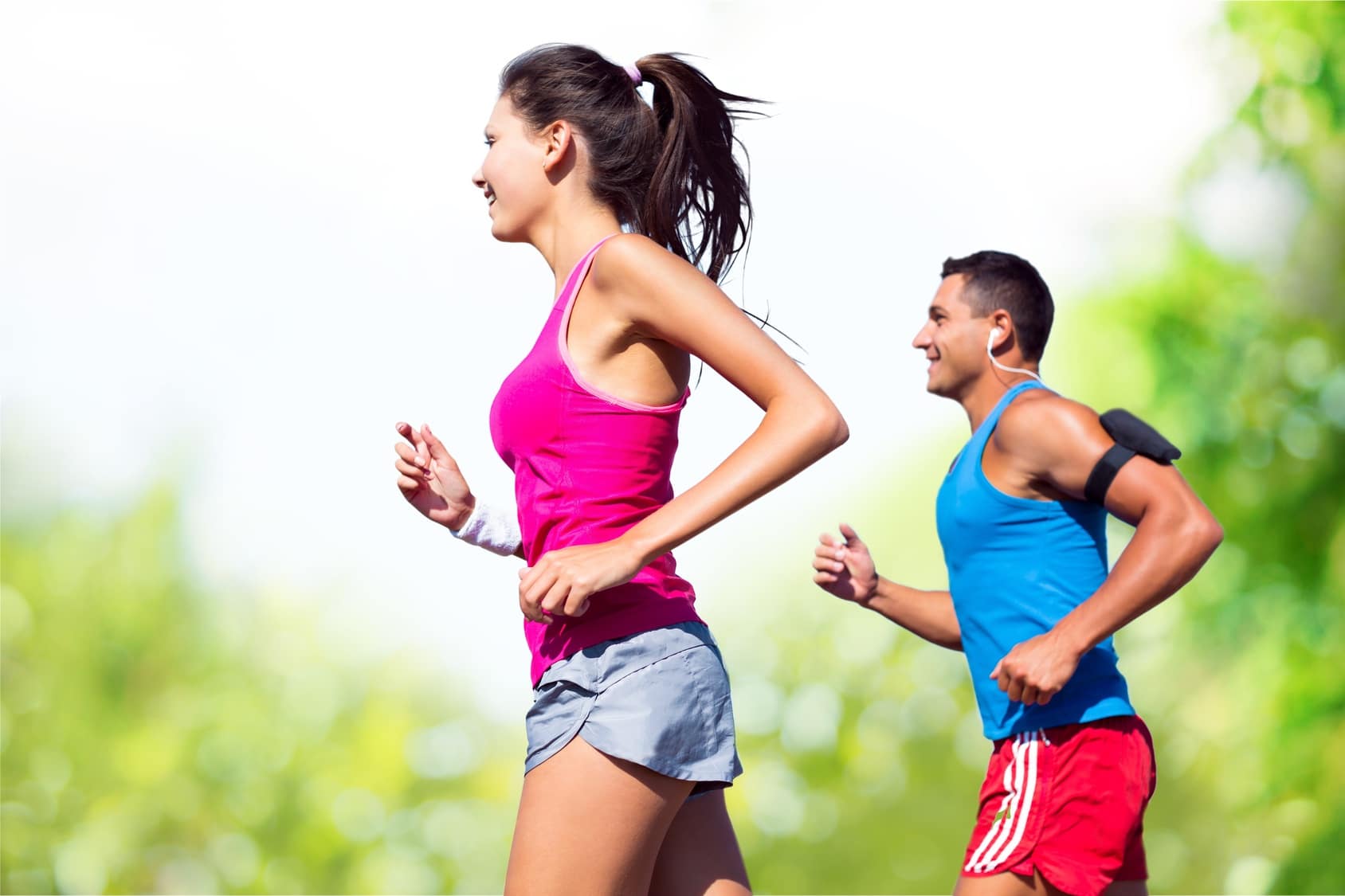Looking for the best advice on how to choose running socks?
You’re in the right place!
If you’re like me, you might not have thought much about socks when you first started running.
But trust me, the right pair of running socks can make all the difference between a comfortable run and one that leaves you with blisters, sore feet, or worse.
I used to think socks were just socks—until I started running seriously.
After several runs that ended with painful blisters, I finally learned that the socks you wear matter just as much as your shoes.
So, let’s talk about how you can find the perfect pair of running socks that will keep your feet dry, comfortable, and happy.
Why Proper Running Socks Matter
New to running? Let me help you skip the sock-related soreness
The right running socks can make a world of difference.
They’re designed specifically for the demands of running. They’re not just regular socks—they’re made to keep your feet dry and blister-free, even during long runs. Whether you’re heading out for a quick jog or a long-distance run, choosing the right socks is critical to your performance and comfort.
Poorly fitting socks can cause everything from toenail troubles to blisters and infections.
Wear the wrong socks, and every little irritation becomes magnified by mid-run.
The good news? Picking the right socks isn’t hard once you know what to look for.
How to Choose the Right Running Socks
When it comes to picking running socks, there are a few key factors to consider, including the material, size, length, and thickness.
Here’s what I’ve learned about choosing the right socks, so you can skip the trial and error:
Avoid Cotton Socks
One of the first lessons I learned about running socks was to avoid cotton at all costs. I used to wear cotton socks, thinking they were comfortable, but every time my feet got sweaty, they stayed wet. One rainy morning, I went for a run in those cotton socks. By the time I got home, my feet looked like raisins, and I was dealing with painful blisters.
That’s when I made the switch to synthetic materials. Socks made with CoolMax or polyester changed everything. My feet stayed dry, and the blisters became a thing of the past.
Here’s the truth.
Damp feet are a recipe for misery and blisters when running.
Running with wet feet also increases the chances of infections and can make cold-weather runs feel even colder. Instead, you want socks made from moisture-wicking materials that pull sweat away from your skin.
Fabrics too shoot for include:
- Synthetic blends: Polyester, nylon, acrylic, and spandex are great for wicking away moisture.
- Merino wool: A great natural option that wicks moisture, regulates temperature, and prevents odors.
- CoolMax or Drymax: These high-tech fabrics are specifically designed to keep your feet dry.
Choosing the right material means drier, more comfortable feet with fewer blister worries.
The Right Size Of Running Socks
I used to think, “If the sock fits, wear it.” But I quickly realized that size really matters. Too tight, and your feet feel like they’re in a vice grip. Too loose, and you’ll end up with saggy socks and blisters.
For me, finding the right fit was all about getting that heel portion to land exactly where it should—right on my heel. It sounds simple, but it’s a game-changer.
One time, I wore a pair of socks that were just slightly too big. I didn’t think it would matter until I felt them bunching up in my shoes during a long run. By mile five, I had blisters forming under my arch. Lesson learned.
This is how to tell if your socks fit right:
- The heel cup of the sock should line up with your actual heel.
- There shouldn’t be any bunching or slipping.
- The socks should feel snug, but not so tight that they’re cutting off circulation or overstretched.
What’s more?
Always try socks with your running shoes to avoid pressure points
The Many Lengths Of Running Socks
When it comes to sock length, I’ve tried them all. Crew socks, ankle socks, and those low-cut ones that barely peek above your shoe. I quickly learned that crew socks are a lifesaver when running trails with overgrown brush. And when I’m going for a casual road run, ankle socks are usually my go-to.
Once, I chose ankle socks for a muddy trail—big mistake. I spent the entire run stopping to empty out dirt and tiny pebbles that found their way in.
Since then, I’ve saved the ankle socks for cleaner routes and wear crew-length socks on those trail adventures.
Here’s a quick guide to the different sock lengths:
- No-show or ankle socks: These are great for summer runs when you want to keep cool and don’t need extra coverage. They sit right above your shoe line.
- Crew socks: These come up to mid-calf and offer more protection from debris and trail running hazards.
- Compression socks: These knee-high socks provide graduated compression that improves blood flow and helps with recovery. They’re especially popular for longer runs or recovery after a race.
Thickness of Fabric
One of the most confusing things for me in the beginning was figuring out how thick my socks should be. I tried super-thin socks once on a summer run, thinking they would keep my feet cool. But I ended up with friction burns because they offered almost no cushioning. After experimenting, I found that a medium thickness works best for most of my runs.
Now, I keep a variety of socks on hand. When it’s colder out, I opt for thicker pairs that offer more warmth and protection. In the summer, I choose a lighter option that still provides some padding.
So as a rule:
- Thin socks: These are lightweight and ideal for summer running or if you prefer a minimal feel. However, if you’re prone to blisters, thin socks might not offer enough protection.
- Thick socks: Thicker socks offer more cushioning, especially around the heel and ball of the foot. They’re great for added comfort during long runs or if you’re running on harder surfaces.
Running Compression Socks
I was skeptical about compression socks at first. Could they really make a difference? Rave reviews from other runners convinced me to try them during half marathon training. And honestly, I haven’t looked back since.
For me, compression socks aren’t just about performance. They also help my legs feel less fatigued after long runs. I’ve even started wearing them after tough workouts to speed up recovery. I can’t say for sure if they’ve made me faster, but I definitely feel more comfortable and less sore.
Compression socks tighten around the ankle and loosen up the calf, boosting circulation. They also help with swelling and can prevent that heavy-leg feeling you sometimes get after a tough run. If you’re curious about compression socks, give them a try—you might just find they’re the boost you need for faster recovery.
Avoiding Blisters
Blisters are a runner’s worst enemy, but there are ways to avoid them, starting with the right socks. If you’re prone to blisters, look for socks that offer extra protection in high-friction areas, like the heel and toes. Some brands offer double-layer socks designed to reduce friction between your foot and the shoe.
You can also try wearing two pairs of socks—one thin and one thicker—to create a barrier between your foot and the shoe. This method works well for some runners, though I personally prefer single-layer socks with targeted cushioning.
Frequently Asked Questions
I know that you have more than one pressing questions about running socks. Let me address some of the most common ones.
How often should I replace my running socks?
Running socks, like any part of your gear, wear out over time. Typically, you’ll want to replace them every 6–12 months, depending on how often you run and the conditions you run in. If you notice signs like thinning fabric, loss of elasticity, or if they just don’t feel as cushioned, it’s time for a new pair. Worn-out socks can lead to more friction, which means a higher chance of blisters!
Can I use hiking socks for running?
While hiking socks are designed for comfort and durability, they’re often thicker and made from materials that aren’t as moisture-wicking as running socks. Hiking socks can work in a pinch, especially on colder days, but for regular runs, especially long distances, stick with socks specifically designed for running. They’re optimized for breathability, moisture management, and minimal friction—exactly what your feet need on a run.
What length of sock is best for running?
This really depends on your preference and the type of running you do. No-show and ankle-length socks are popular for road runners who prefer minimal coverage. For trail running or areas with brush, crew-length socks offer extra protection from dirt and debris. On cold days, longer socks (like calf-length) can provide additional warmth. The right length ultimately comes down to comfort and the conditions you’re running in.
The Conclusion
Ultimately, picking the best running socks is about what feels right for you.
My advice is to experiment with different types, lengths, and thicknesses to find what works best for you. I’ve found that having a variety of socks keeps me prepared for any weather or training condition.
Trust me, once you find your perfect pair, you’ll wonder how you ran without them.

